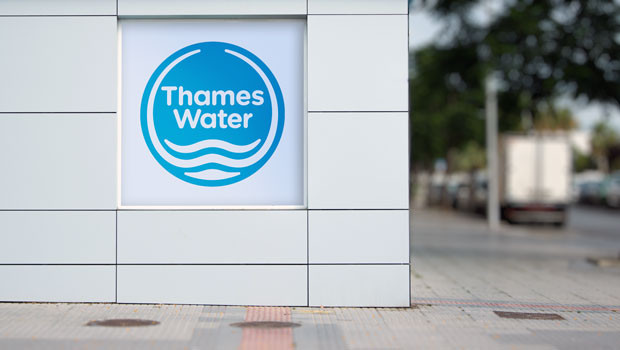Thames Water's credit ratings slashed

Thames Water has had its credit ratings cut even further, it was confirmed on Thursday, heaping yet more pressure on the crisis-struck utility.
Both S&P Global Ratings and Moody’s have cut to the lowest reaches of junk status.
S&P lowered its ratings on the class A and class B debt to ‘CCC+’ and ‘CCC-‘ respectively – ratings that imply debt is high risk and prone to default – from ‘BB’ and ‘B’ previously.
Thames Water lost its investment-grade credit rating in July.
Moody’s cut its rating on the class A debt to ‘Caa1’ from ‘Ba1’, and class B to ‘C’ from ‘B3’.
Moody’s said the downgrade “reflects a significantly tighter liquidity position than previously expected, and our view that this will likely lead in the near term to a distressed exchange, where creditors agree to some form of amendment or extension of credit terms that results in loss, or a loss is otherwise imposed on them.
“A distress exchange of this type constitutes a default.”
S&P said: “We believe Thames Water is now facing an acute, near-term liquidity shortfall, and that without any material positive developments, the issuer will likely restructure its debt within the next 12 months, which we would likely consider a default.
“We see a material risk of a debt restructuring, which we would consider akin to a default.”
Thames Water had previously warned it would run out of money by May 2025 if it did not raise £3.25bn over the next five years. It also wants permission to hike customer bills.
But last week it said that unless stakeholders agreed to release more cash reserves, it would enter a standstill period in December.
The vastly-indebted utility supplies water and sewerage services to around 16m homes across the south east. Its debt pile now stands at around £18bn but it needs to invest billions to improve crumbling infrastructure and halt regular sewage leaks.
In March, its owners – a number of pension, sovereign and private equity funds – refused to inject extra equity into the struggling business, claiming it was now “uninvestable”.
Should Thames Water run out of money, the government and Ofwat, the regulator, are expected to put it into a special administration regime, a form of re-nationalisation.